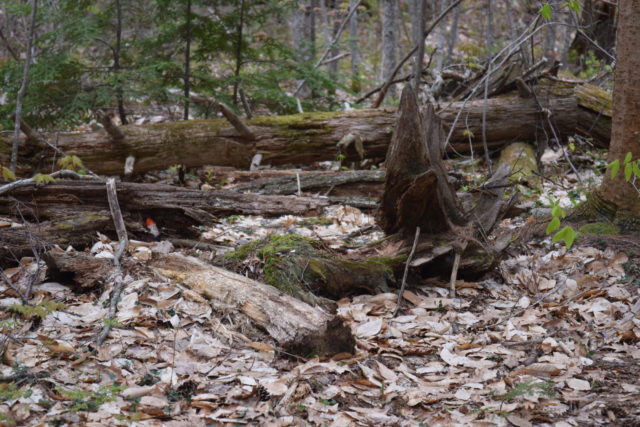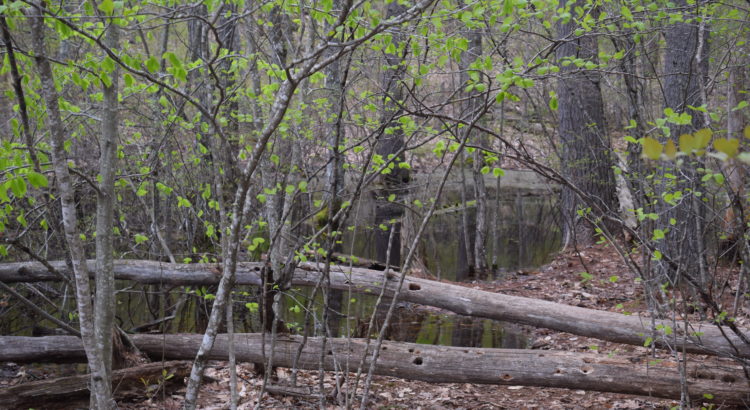By Nell Davis, Interpretive Ranger for Monadnock State Park
As an SCA-Americorps Interpretive Ranger living at Bear Brook State Park, I have spent the last two and a half weeks running outdoor field trips for 3rd or 4th grade students from local schools. Each school comes to Bear Brook for a day, and we take the students out to explore the park during a nature hike and some time at Spruce Pond. While it may seem that we are trying to teach the students about identifying macroinvertebrates (pond bugs) or the different species of trees in Bear Brook State Park, our real goal is to inculcate a sense of wonder in each student with regard to the natural world.
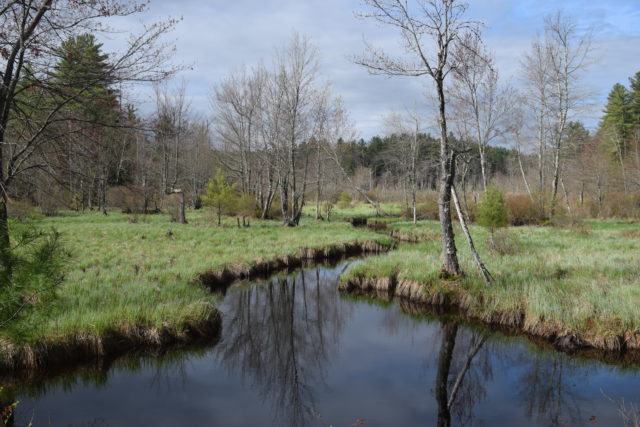
Students arrive with this sense already partially developed, mixed with a little bit of apprehension – as they crowd off the bus, we almost always hear “Whoa! What is that?” or “Look at that cool tree!” or “What if I get a tick?” or “Will we find a snake? I don’t want to – snakes scare me!” Our job as interpretive rangers is simply to build on that innate curiosity and to channel it towards a connection to the natural world, rather than a fear of nature. As someone who was lucky enough to grow up in rural Vermont, exploring outdoors in lieu of watching TV, I love having the opportunity to pass on my fascination with nature to these students. This time of year is also the perfect chance to point out a few of my favourite plants and animals as the park emerges from its winter dormancy, so welcome to a very abbreviated virtual field trip through springtime at Bear Brook State Park.
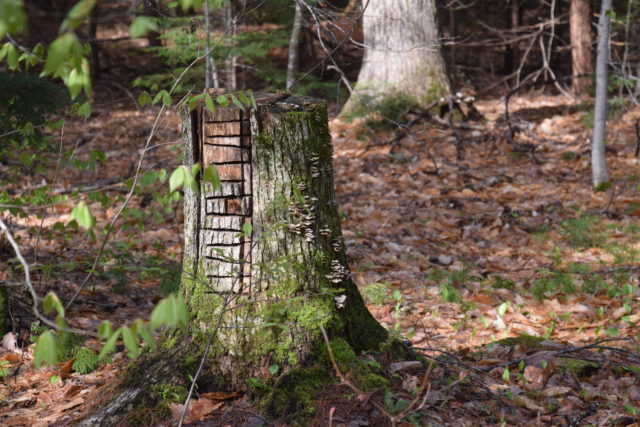
One of the main field trip attractions is always salamanders and newts. We have students carefully roll logs to look underneath them, and if we are lucky, we might find a ringneck snake, Northern redback salamander, or my personal favourite, a red eft. Red efts are quite common throughout New England (I have a vivid childhood memory of counting 33 on one 5-mile hike – each one was promptly named “Mushu” and given a number in honor of the Mulan dragon). They are the juvenile phase of the Eastern or Red-Spotted Newt, and they are also the New Hampshire state amphibian. For us, they are the perfect teaching point. Students instinctively feel a connection to these animals, and they immediately want to protect them. This gives us rangers a great opening to talk about Leave No Trace principles and respecting wildlife by leaving it alone. In turn, the students begin to realize that the outdoors is home for a wide variety of organisms and that we are always sharing space with other creatures who deserve our respect.
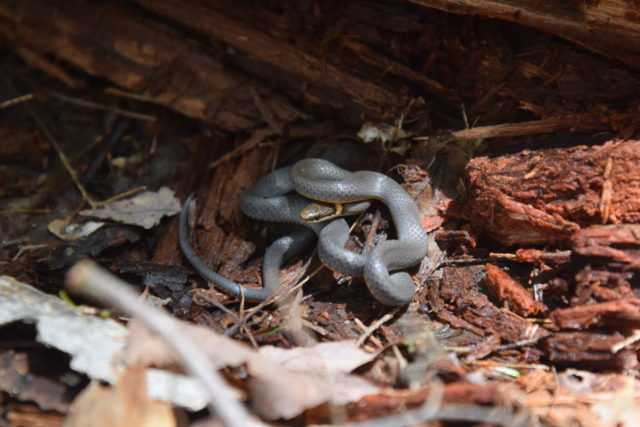
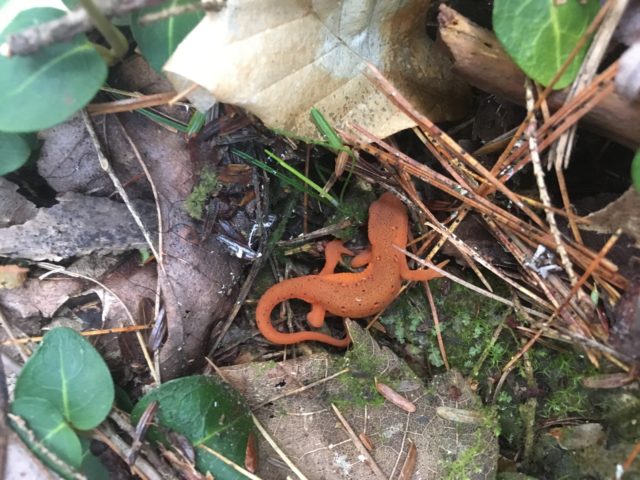
On the plant side, Bear Brook’s trees are just beginning to leaf out. The students tend to be particularly fascinated by red maples, as their buds and new leaves are red and stand out against the green of the surrounding forest. I frequently build on this observation in order to discuss our five senses. The students are generally quite adept at using sight to find interesting objects, but they often underutilize smell, hearing, touch, and taste. As we continue through the woods, I may ask groups to embark on a short scavenger hunt to find different textures, or I might ask them to see how many smells they can pick out along a short section of trail. An activity we use on most field trips is a “silent minute,” during which the whole class stands still without talking for a full minute and counts how many different sounds they hear. The results can be impressive – students typically hear between five and fifteen distinct sounds within that single minute, and then they start actively listening and speaking more quietly throughout the rest of the hike.
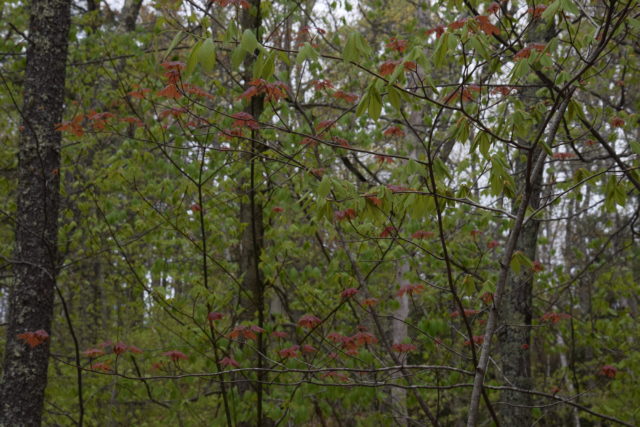
Catching macroinvertebrates at Spruce Pond or a nearby vernal pool is another field trip highlight and a great opening to discuss the wonders of the world around us. After all, who knew that those “nasty” cockroach-looking things grow up into dragonflies? It is so much fun to watch students learn this and noticeably modify how they feel about the prehistoric creature they just pulled out of the pond. Ponding also helps further develop a sense of wonder because the rangers often don’t know the answers either. I do not know how long dragonflies stay in their nymph form before becoming adults (I do now, but only because a student asked me and I looked it up later), and that’s okay. I can still be excited about the gift of seeing and closely observing something that’s usually hidden from us. Our willingness as rangers to say “I don’t know, but that’s a great question and now I’ll try to find out” helps the students understand that identification and certainty aren’t the important things; it’s noticing and caring enough to ask the questions that really matters.
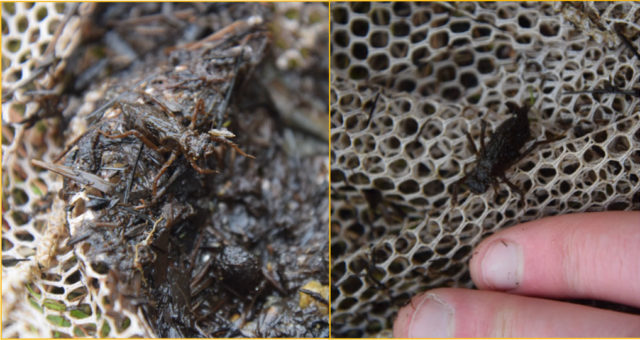
One of the most rewarding parts of field trips is when students, without prompting, use all their senses and start asking us impossible-to-answer questions about their surroundings. There is an endless supply of interesting and unique natural attractions at Bear Brook, ranging from the woodpecker holes in a fallen tree to the swampy smell of the marsh to the gnomes we might have artfully hidden along our hiking route. This variety means that almost all students who come to Bear Brook can find something that appeals to them.
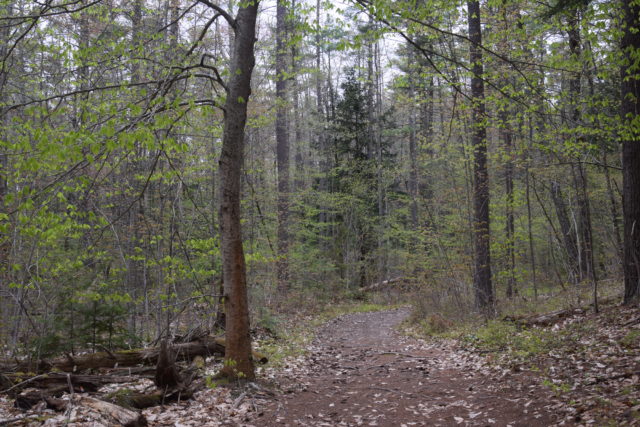
As long as field trip students feel connected to some aspect of nature, it does not matter if I share that particular connection. I am perfectly okay with swallowing my own aversion to mosquitoes and enthusing over the fascinating movement patterns of their larvae in order to share a moment of wonder and connection with a student outdoors. After all, if, the next time those students look outside, they regard any aspect of nature with a little less fear and a bit more wonder, we will have done our job well.
